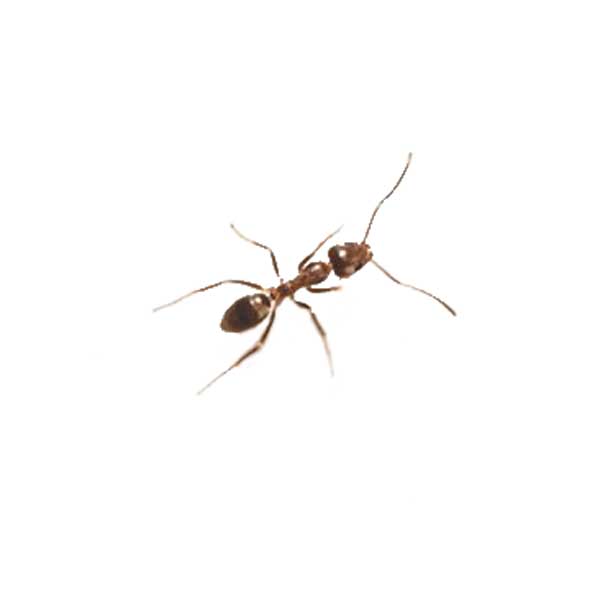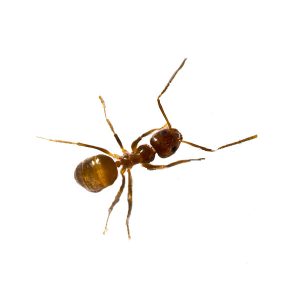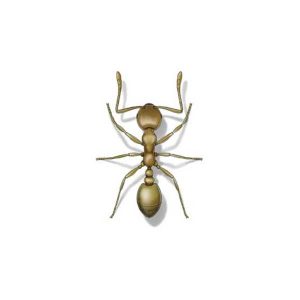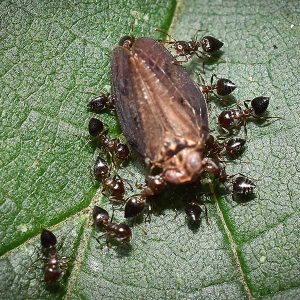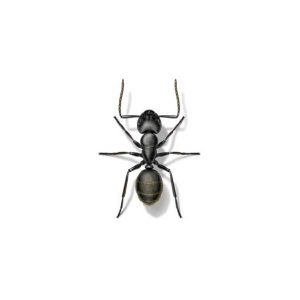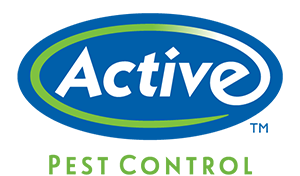Argentine Ants in Georgia
Argentine ants are major household and garden pests in Georgia. When searching for food, they leave pheromone trails everywhere they go, instead of just from nest to food source. This habit ensures they never visit the same area twice. Workers from different colonies are cooperative toward each other, allowing them to form large super-colonies. Argentine ant colonies can become so large that they can take over whole city blocks! They are ranked among the most stubborn home-infesting pests, contaminating and spreading bacteria wherever they forage.
Argentine Ant Habitats
Argentine ants prefer to nest under sun-baked soil and may even clean the nest area of vegetation in order to warm their nests. However, they also need water. Drip irrigation lines provide a perfect source of water and can serve as superhighways for ants to form new colonies. Setting up quarters anywhere close to food, Argentine ants nest in the ground, concrete wall cracks, and at the base of trees. When the weather gets too dry or too wet, these ants invade homes through cracks and crevices and are found near water pipes, sinks, and potted plants. Once inside, they forage for food, feeding on meat, eggs, oils, fats, and sweet items like fruit.
Argentine Ant Behaviors, Threats or Dangers
Although they don’t pose any serious health threats, the sheer population size of an Argentine ant colony is enough to cause chaos in any household. Because they need water to survive, bare dirt borders near irrigation ditches can be chronically infested with ants. Most ants only deposit pheromone trails on their way back to the nest from the food source. However, Argentine ants leave behind pheromone trails to and from a food resource. Because colony size increases quickly, they can rapidly form interconnecting colonies that can lead to a massive infestation. If an Argentine ant infestation is suspected, it is best to contact a professional ant exterminator.

